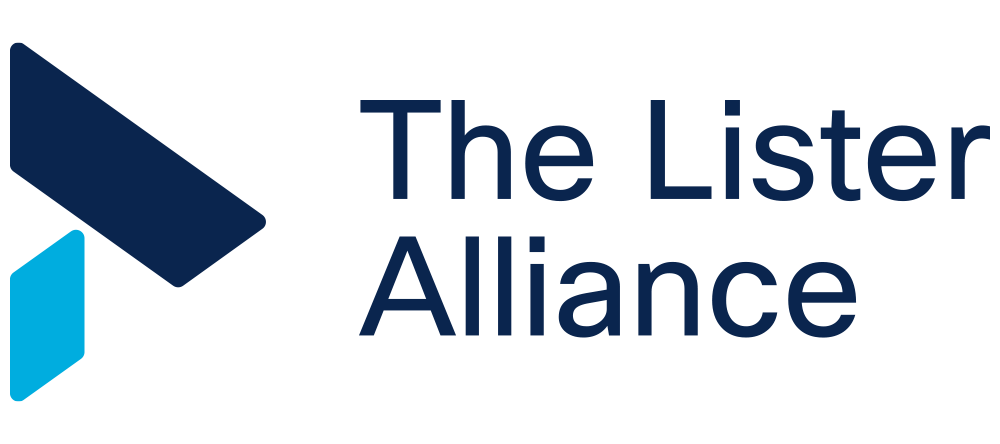Patient Readiness – The Missing Lever in Elective Recovery
Elective recovery remains one of the defining challenges facing the NHS. Despite enormous effort, waiting lists are not reducing as quickly as anticipated, leaving operational leaders under unrelenting pressure to hit national targets and restore patient confidence.
The response has been predictable, and understandable: a call for NHS Trusts to pull harder on the familiar levers. Validation exercises to ensure patients still need to be seen, weekend and evening clinics to expand capacity, insourcing and outsourcing to boost throughput, cross-trust pooling to share resources, and a range of national productivity initiatives to squeeze greater efficiencies.
These interventions are the staples of waiting list management. They are tangible, measurable, and closely linked to national performance dashboards. Yet they share one thing in common: they are all supply-side levers. They attempt to increase or optimise the number of procedures delivered.
What is missing from the operational toolkit is a focus on the demand side — specifically, ensuring that patients are fit, ready, and able to engage and benefit from the care they are waiting for. That requires a shift from passive waiting to active preparation, and it is here that automated, personalised digital health technologies come into their own.
The cost of patient unpreparedness
Every operations director knows the frustration of last-minute cancellations. National audits suggest that around one in ten elective procedures are cancelled on the day, and a significant proportion of these are down to patient readiness — comorbidities unmanaged, fitness not optimised, or even anxiety and poor understanding of what to expect.
Length of stay (LoS) tells a similar story. Patients who are digitally supported to prepare before surgery — physically, nutritionally, and psychologically — typically recover more quickly, spend fewer days in hospital, and are less likely to be readmitted. Evidence from orthopaedics, oncology, and cardiac surgery shows reductions in average LoS of one to three days for those who undergo structured prehabilitation.
Even at referral stage, many patients could avoid or delay hospital care altogether if they had timely access to effective self-management support. For Musculo-skeletal, dermatology, and some long-term conditions, digital-first alternatives can provide the right care earlier, reducing the need for an outpatient appointment in the first place.
These are not simply clinical niceties. They are operationally relevant outcomes: fewer cancellations, shorter stays, better use of scarce capacity.
Why patient readiness is overlooked
If the benefits are so clear, why is patient readiness not a standard feature of waiting list management?
Part of the answer lies in organisational silos. Prehabilitation and “waiting well” programmes are often framed as clinical or wellbeing initiatives and managed separately from the waitlist management function. Funding also plays a role. Elective Recovery Fund allocations have largely focused on expanding throughput and activity, not on preparing patients. As a result, Trusts often see prehabilitation as a discretionary extra, not a core part of recovery planning.
And finally, under constant pressure to hit immediate trajectory targets, operational teams gravitate towards interventions that can deliver visible numbers fast. Investing in patient readiness looks more medium-term, even though the downstream impact on flow and efficiency can be substantial.
A new lever for a new reality
None of this is to diminish the importance of validation, insourcing, pooling, or productivity drives. They remain essential, but they are also largely maximised. There is little low-hanging fruit left in these domains.
That makes it the right moment to add a new lever to the toolkit: patient readiness, operationalised through digital.
Automated, personalised digital health solutions now make it possible to embed readiness at scale without adding to workforce burden. Platforms such as CareQ deliver targeted digital support packages directly to patients based on their pathway, risk profile, and digital literacy. Engagement is automated via trusted SMS or patient portal messaging, ensuring patients receive timely prompts, advice, and curated ORCHA-assessed digital health tools .
This turns waiting time into preparation time — supporting lifestyle changes, optimising co-morbidities, reducing anxiety, and empowering self-management. It is a digital lever that delivers tangible, measurable operational benefits.
A call to action
Elective recovery will not be solved by supply-side levers alone. The missing lever is patient readiness — ensuring that every patient arriving for treatment is optimised, prepared, and able to benefit from care.
ORCHA’s CareQ solution provides a proven, scalable way to operationalise readiness through automated personalised digital health technologies. By embedding CareQ into elective recovery plans, Trusts can:
· Reduce last-minute cancellations and wasted theatre time.
· Shorten average length of stay, releasing bed capacity.
· Improve flow and throughput without additional workforce or estate.
· Deliver nationally aligned gains in productivity and efficiency.
For COOs and elective recovery leads, the message is clear: capacity gains are running out of headroom. Patient readiness, powered by digital, is the lever still to be pulled. With CareQ, it can now be pulled at scale.


